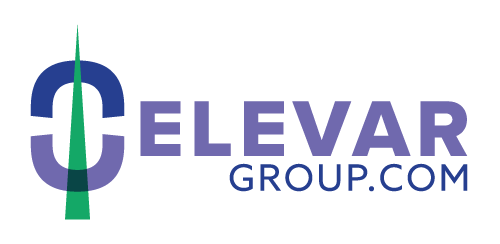Every coach should have a wide variety of tools at his or her disposal for those times (or those clients) that traditional coaching techniques can’t seem to reach. Neurolinguistic Programming (or NLP) is one those tools. In fact, the results I’ve achieved using what I’ve learned from NLP were so impressive, I was motivated to become an NLP trainer just so I could share what I know with other coaches. If you’re not familiar with NLP, here’s a quick overview:
Q: What is NLP and how can it enhance my coaching?
A: NLP is both a field of study and a collection of powerful tools and techniques that help coaches facilitate fast and lasting change. NLP holds that experience has structure. Underlying every habitual belief or behavior are patterns of thoughts, words, actions, and physical reactions that constitute a “neuro-linguistic program.” Procrastination is a program. Self-doubt is a program. So is every form of fear. NLP-trained coaches help clients learn to change, design, and run their own programs instead of letting the programs run them.
Q: What parts of NLP are most useful to coaches?
A: On the linguistics side, NLP offers useful 1) models and tools that sharpen a coach’s listening and questioning skills, 2) hypnotic language patterns that help clients access their deepest wisdom, and 3) framing/reframing tools for setting desired outcomes and changing limiting beliefs.
On the neuro side, among the dozens of NLP behavior-change tools developed over 35 years, those that focus on rapport-building, states changes, shifting perspectives, and changing personal history can be invaluable both to client and coach.
Q: How would an NLP-trained coach help a client get unstuck?
A: Let’s take procrastination as a place where clients often get stuck. “Why are you procrastinating?” is the first question many coaches would ask. Since the answer to Why is always Because, that question won’t change the behavior. Instead, an NLP coach would ask the client, “How are you procrastinating? “ Once you understand how the pattern is created, it can be changed with any number of NLP tools.
Q: Where did NLP come from?
A: California in the 1970s. At the University of California at Santa Cruz, a young computer science major named Richard Bandler teamed up with linguistics professor John Grinder to study the greatest therapists of the day. Their guiding question: “What’s the difference that makes the difference between these master therapists and ordinary one” What they discovered were patterns of verbal and body language that they codified in The Structure of Magic, volumes I and II. Those books launched the field of NLP – as well as the career of success coach Tony Robbins. Today, coaches are discovering the magic of NLP.
Q: How do I get trained in NLP?
A: That depends on what you want from your training. If you want to spend years and thousands of dollars to become a certified NLP practitioner or trainer (as I did), you can find good training institutes in California, Chicago, New York, and elsewhere by searching the web. If you want to quickly incorporate the most useful parts of NLP into your coaching – and earn CCEUs in the process — check out the Neuro-Linguistic Coaching and Return on Experience webinars offered by The Elevar Group (www.elevargroup.com).
